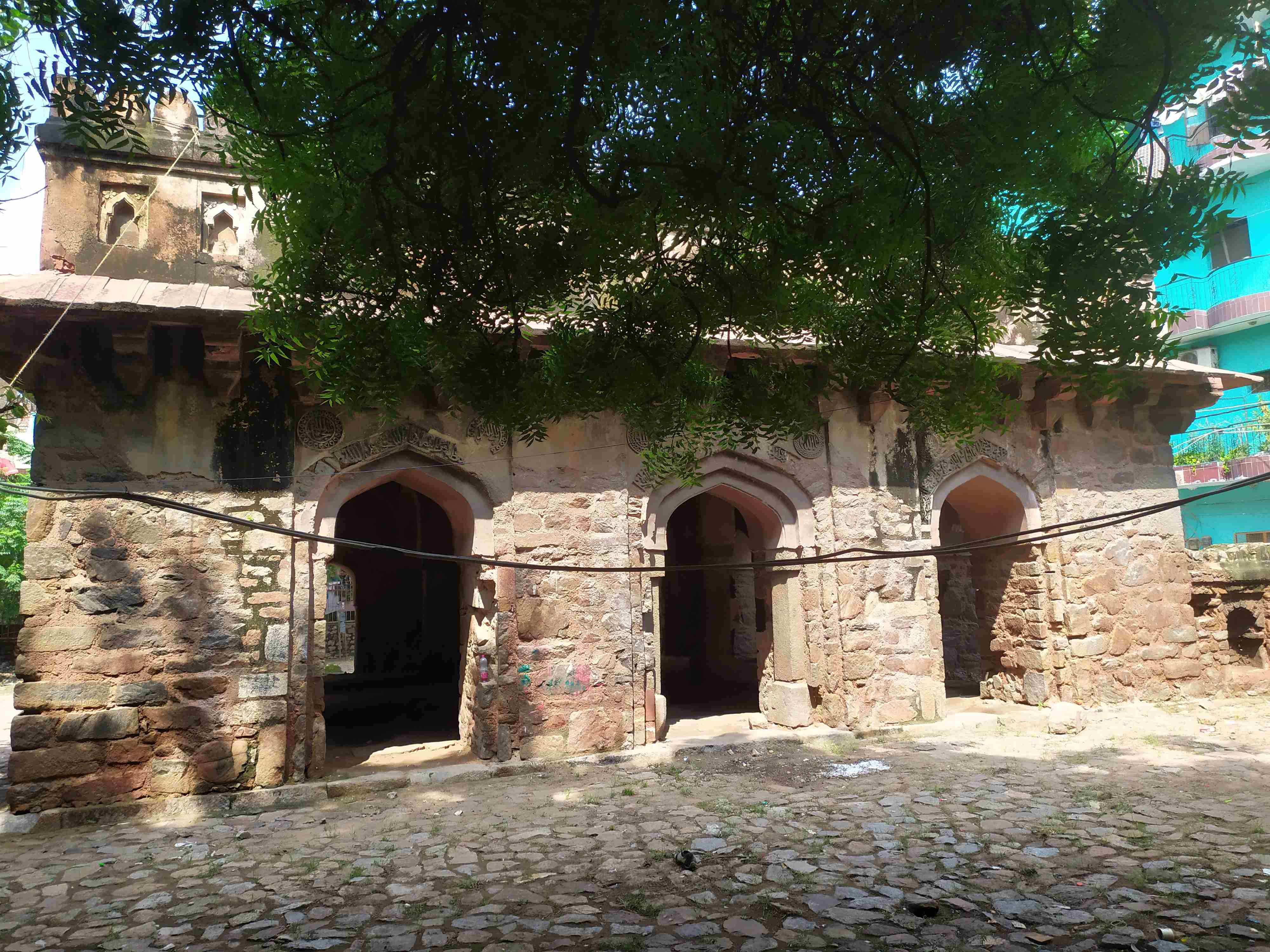
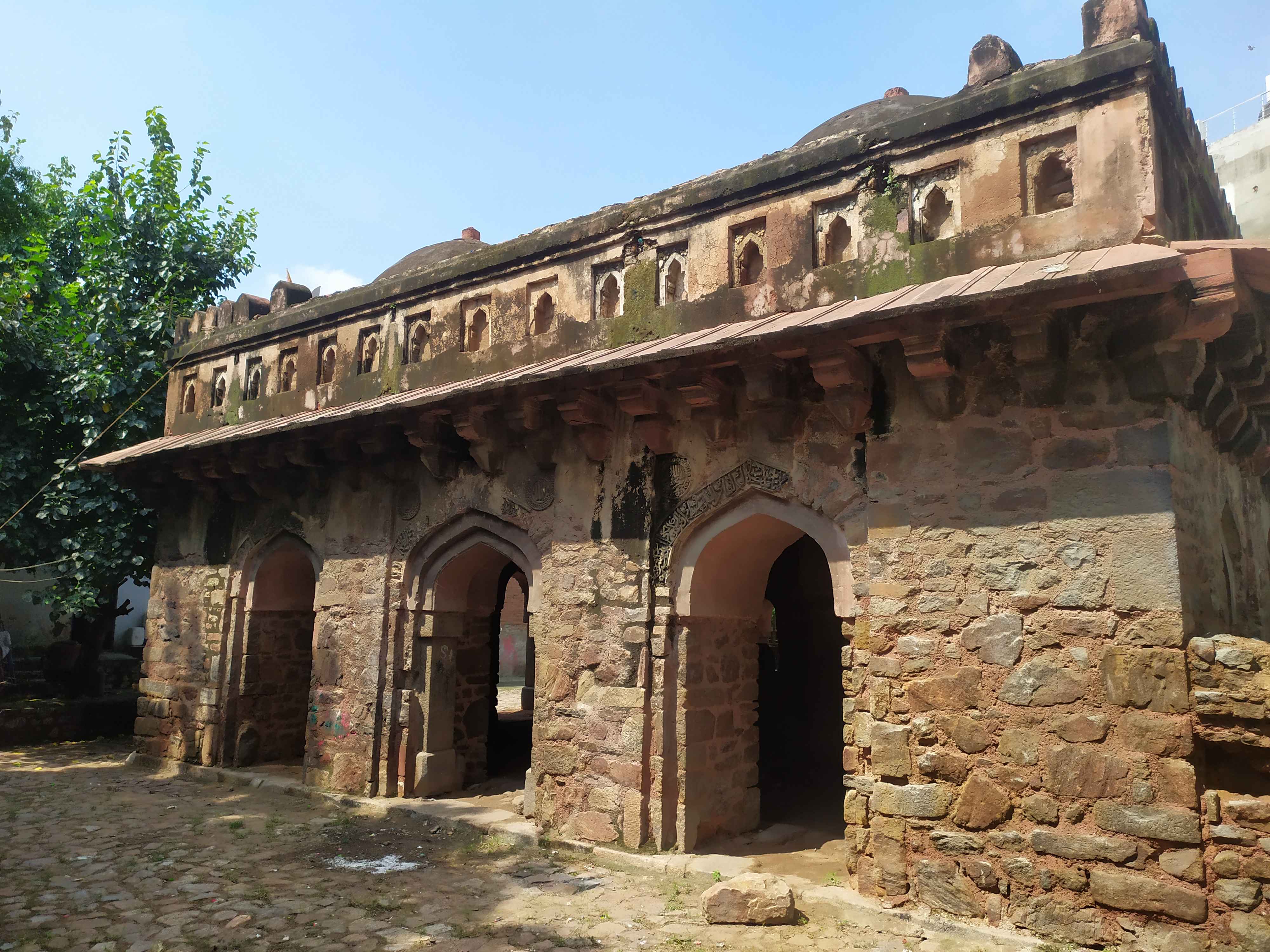
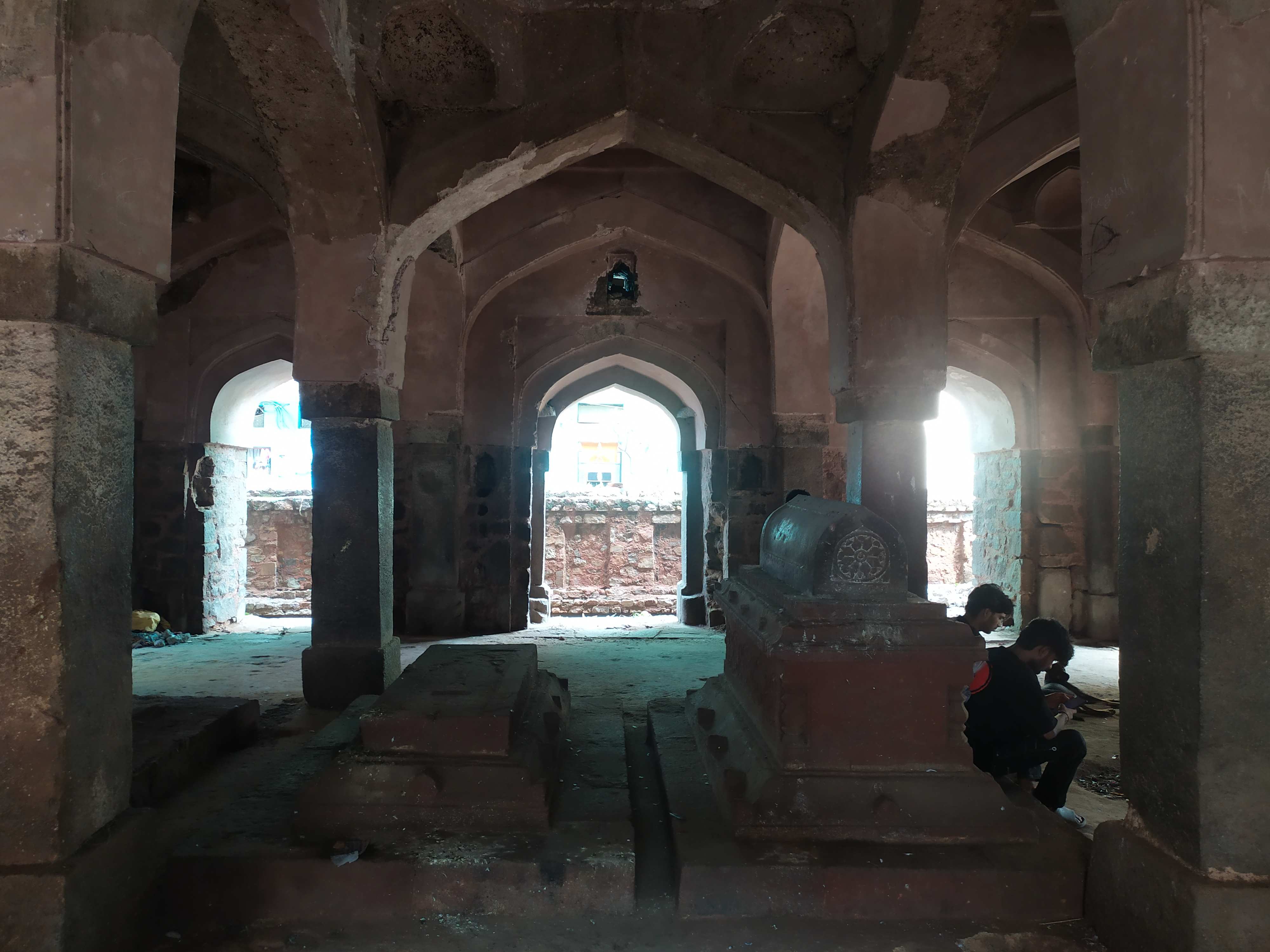
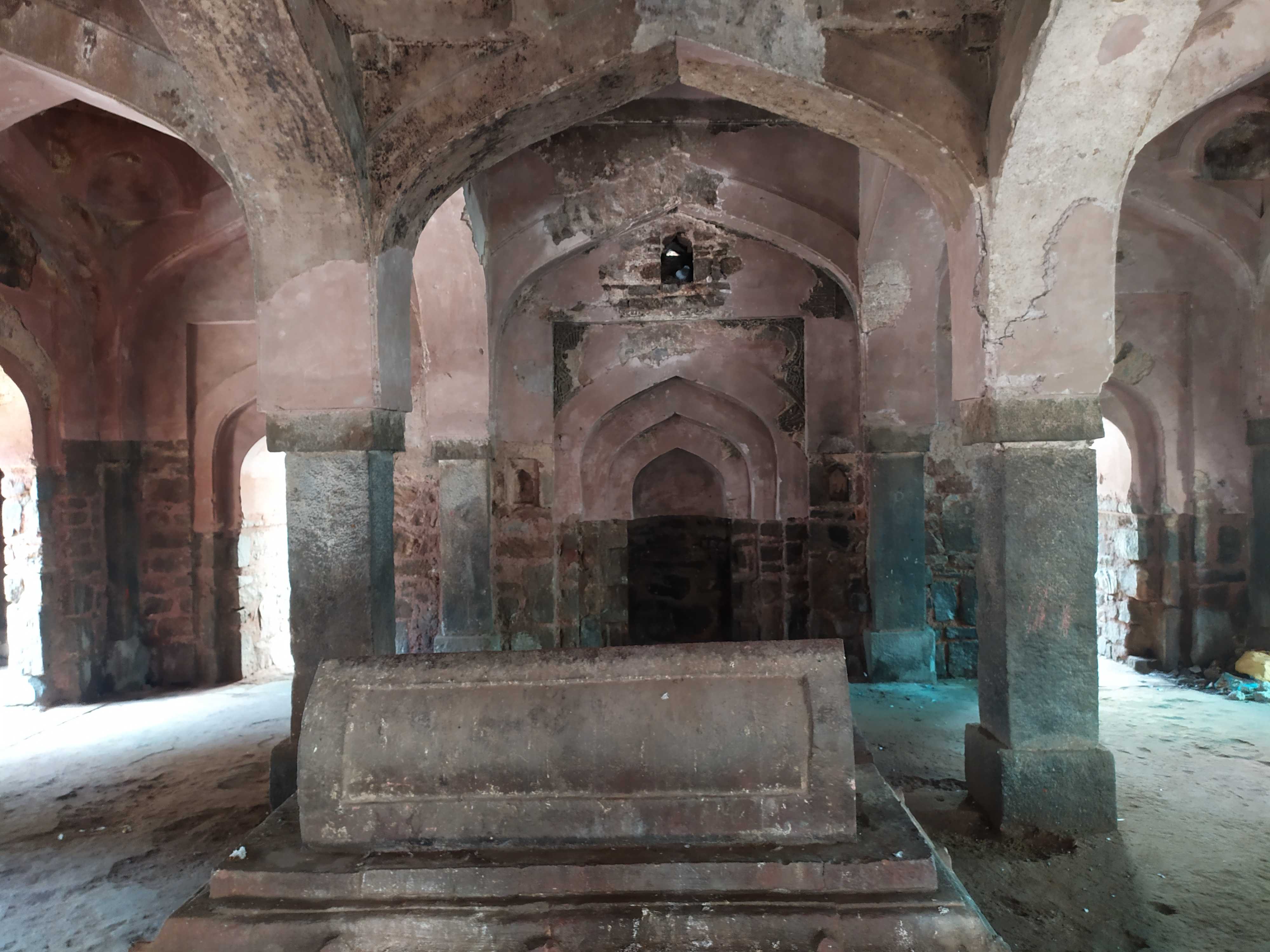
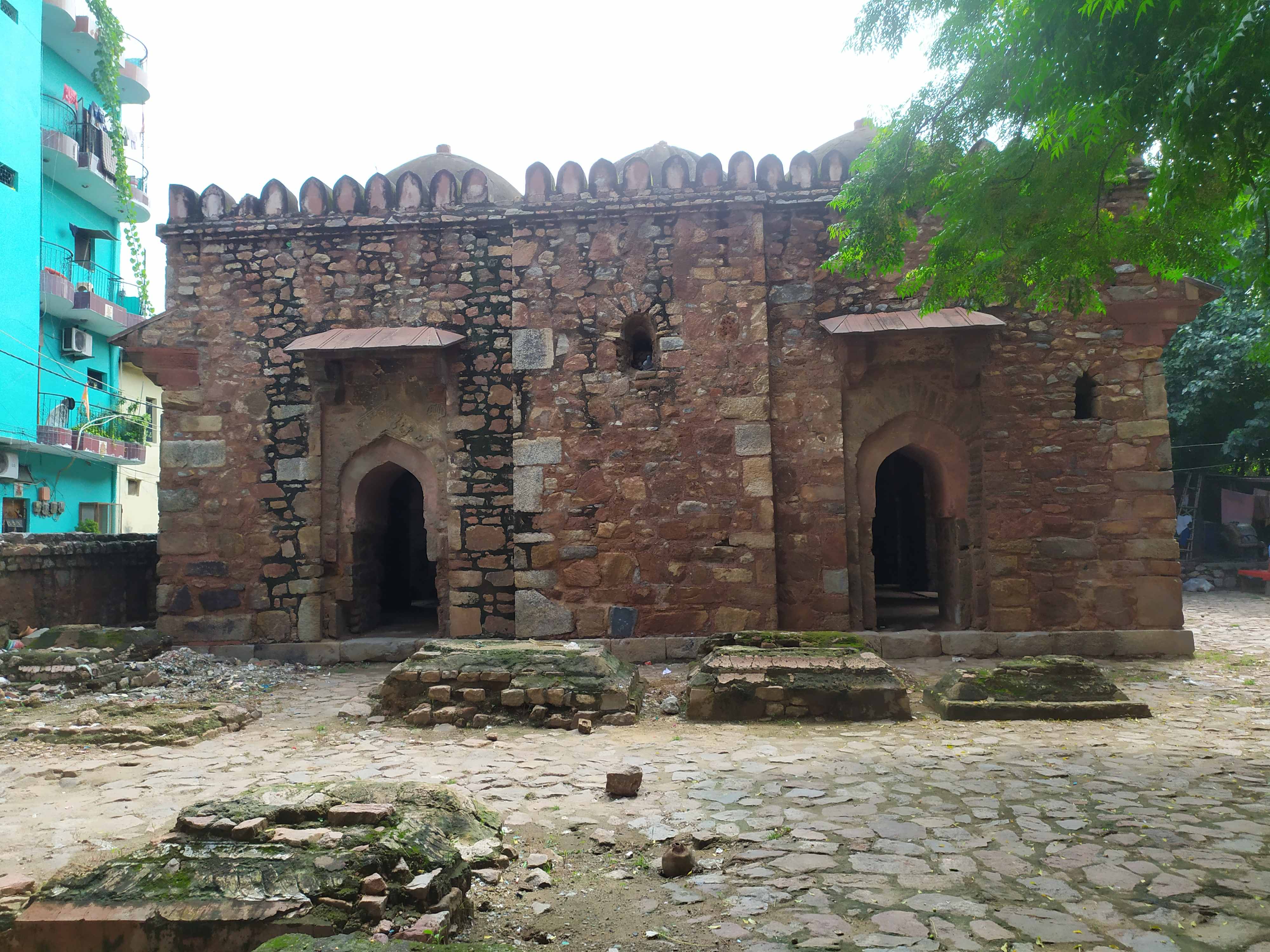
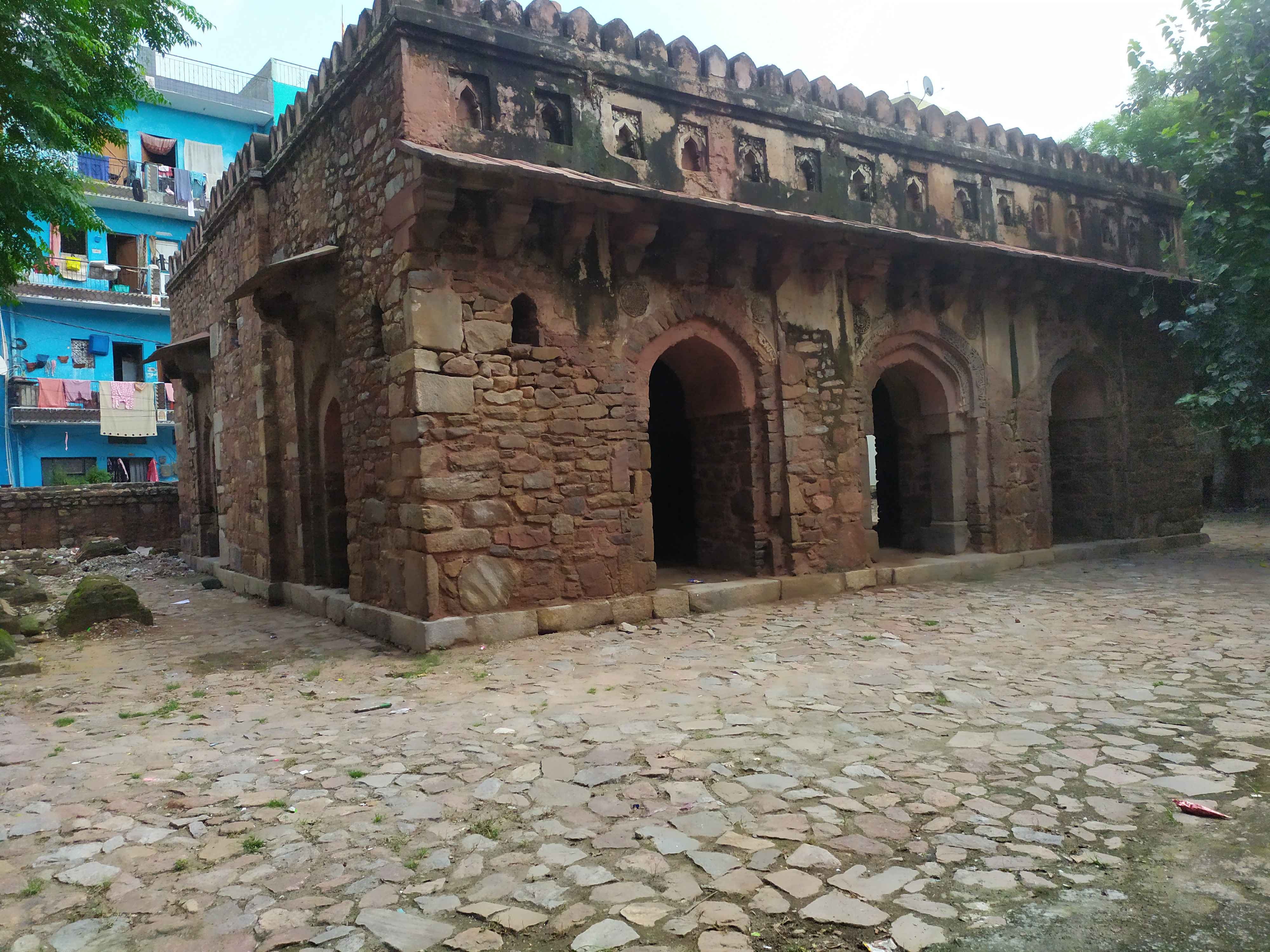
In the heart of Delhi's chaotic urban sprawl lies a monument that whispers tales of forgotten glory and architectural evolution. Bahlol Lodi's tomb, a structure shrouded in mystery and neglect, is a silent sentinel to the city's rich historical tapestry. Yet, this architectural marvel languishes in obscurity, its significance criminally overlooked by locals and tourists alike. Imagine this: amidst the bustling city noise and the pungent smell of exhaust, an octagonal motif suddenly emerges, nestled inconspicuously between nondescript three-story buildings. This is no ordinary structure. It's the final resting place of Bahlol Lodi, the emperor who founded the Lodi Dynasty and ruled the Delhi Sultanate from 1451 to 1489. But you'd hardly know it from the tomb's current state of disrepair. What makes it truly fascinating is the unique blend of architectural styles it showcases, a testament to the cultural fusion of the era. The audacity of it all! Here lies a pivotal figure in Indian history, his legacy quite literally crumbling before our very eyes. The tomb, built by Bahlol's son and successor Sikander Lodi, is a textbook example of Lodi architecture's evolution. Yet, it stands neglected, a victim of urban encroachment and historical amnesia. The neglect of such a significant historical monument is a cause for concern and should stir our collective empathy. But oh, what a sight it must have been in its heyday! The five domes crowning the structure are an anomaly for the period, a tantalizing hint at architectural experimentation. The octagonal design, with its three arched openings on each side, speaks to the simplicity and humility of the king it houses. Quranic inscriptions adorn the walls, a testament to the Islamic faith that held sway over the region. Yet, look closer, and you'll spot something truly remarkable. Hindu carving styles in vibrant red sandstone peek through, an early harbinger of the Indo-Islamic fusion that would later reach its zenith under the Mughals. It's a visual representation of cultural blending, frozen in stone for centuries. About a dozen graves lie outside, scattered like fallen chess pieces. Bahlol Lodi's resting place is tucked away inside the enclosure, flanked by two other graves. It's a poignant reminder of the transience of power and the equalizing nature of death. The tomb's current state is nothing short of a travesty. Squeezed between modern buildings, its historical significance suffocating under the weight of progress, Bahlol Lodi's tomb is a stark reminder of our collective failure to preserve our heritage. It is an indictment of our priorities, where the clamour for development drowns out the whispers of history. Yet, for those who seek it out, this hidden gem offers a unique window into a pivotal period of Indian history. It's a tangible link to the past, a testament to the architectural and cultural fusion that has shaped the subcontinent. The tomb of Bahlol Lodi isn't just a monument; it's a time capsule, waiting to be rediscovered and appreciated. So, venture off the beaten path the next time you find yourself in Delhi. Seek out this octagonal wonder, this neglected masterpiece. Stand in its shadow and listen. You might hear the echoes of a bygone era, whispering stories of emperors, artists, and the relentless march of time.